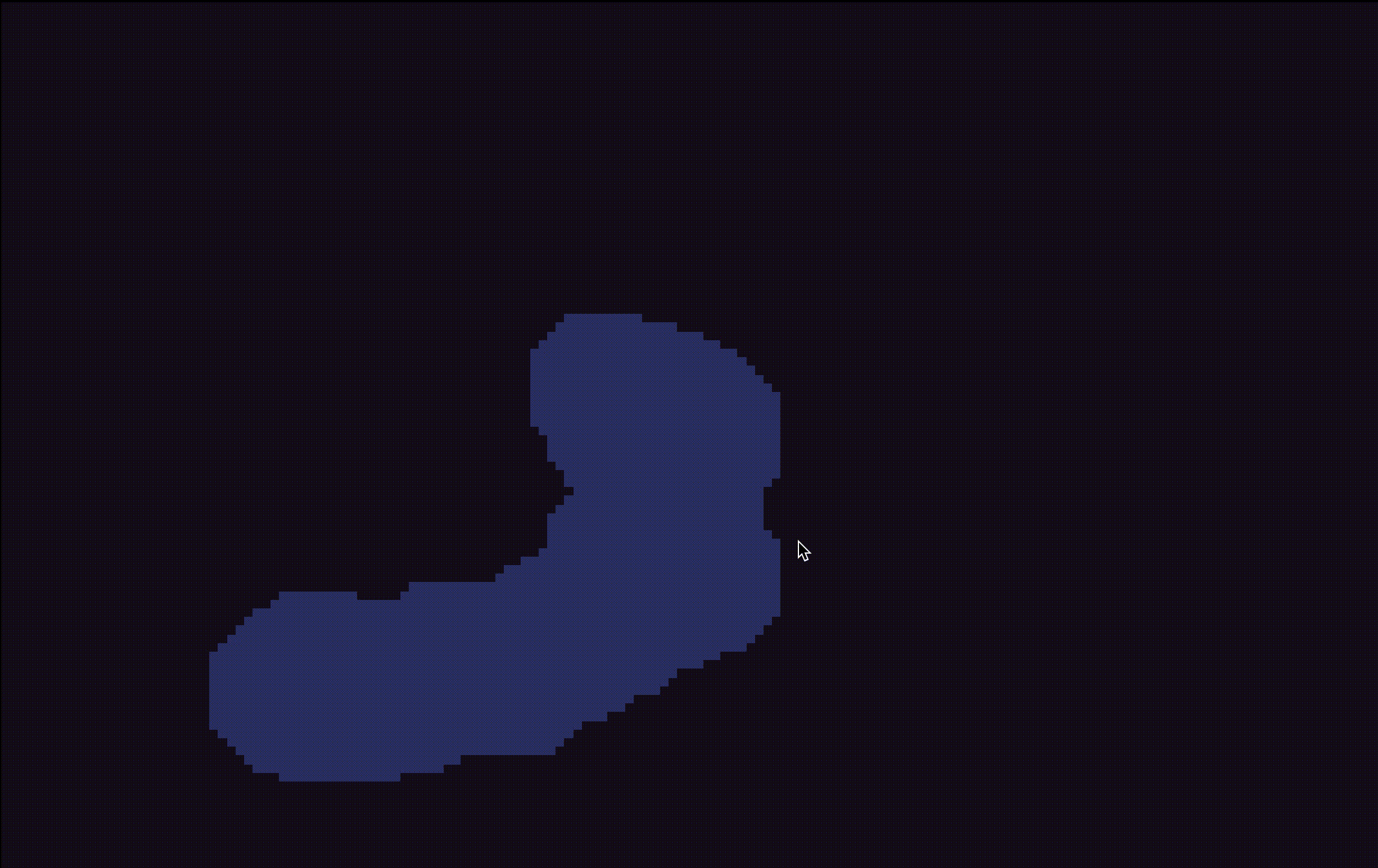Open Source Tools for Artists
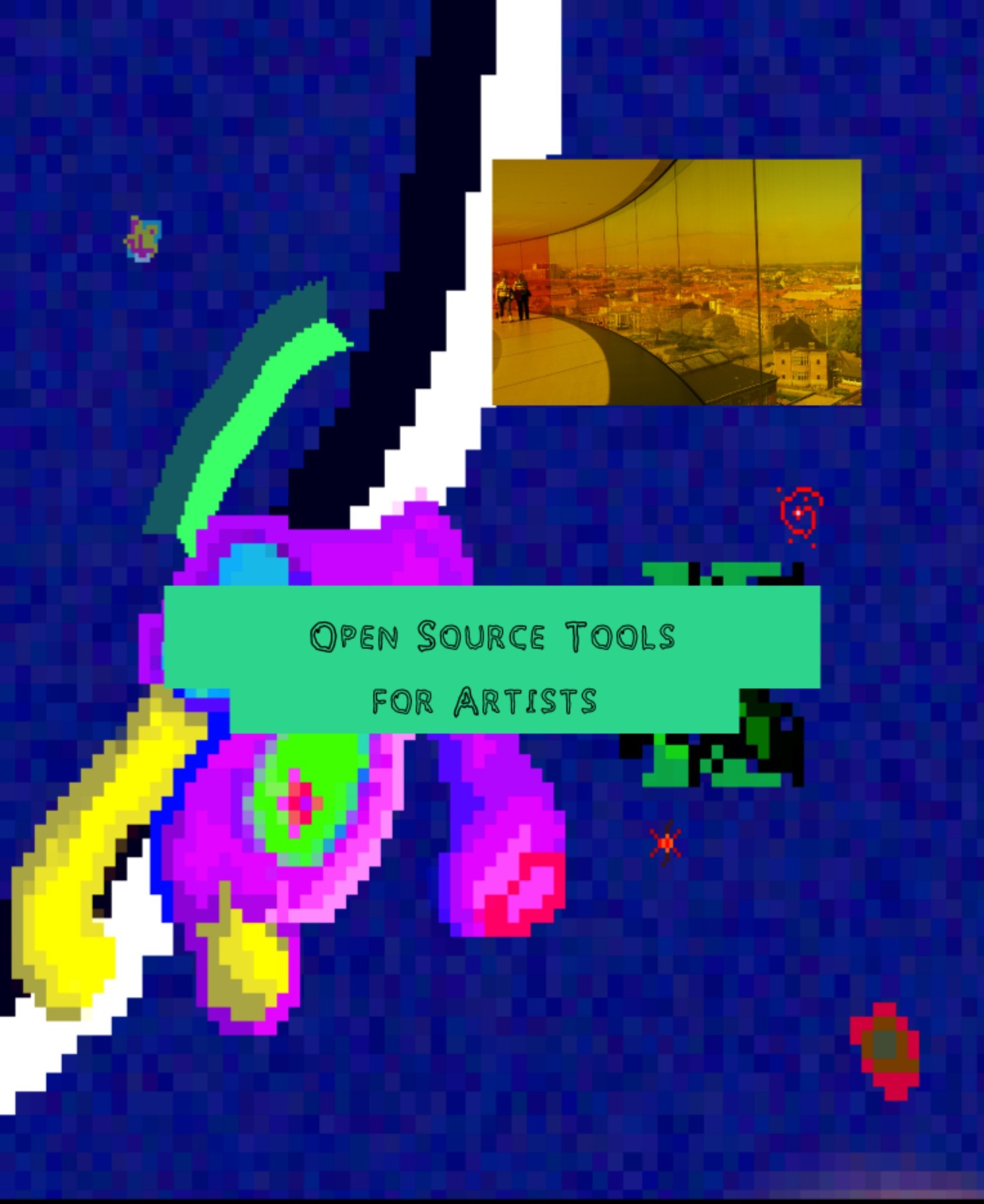
Creative tools for art-making, community building and publishing
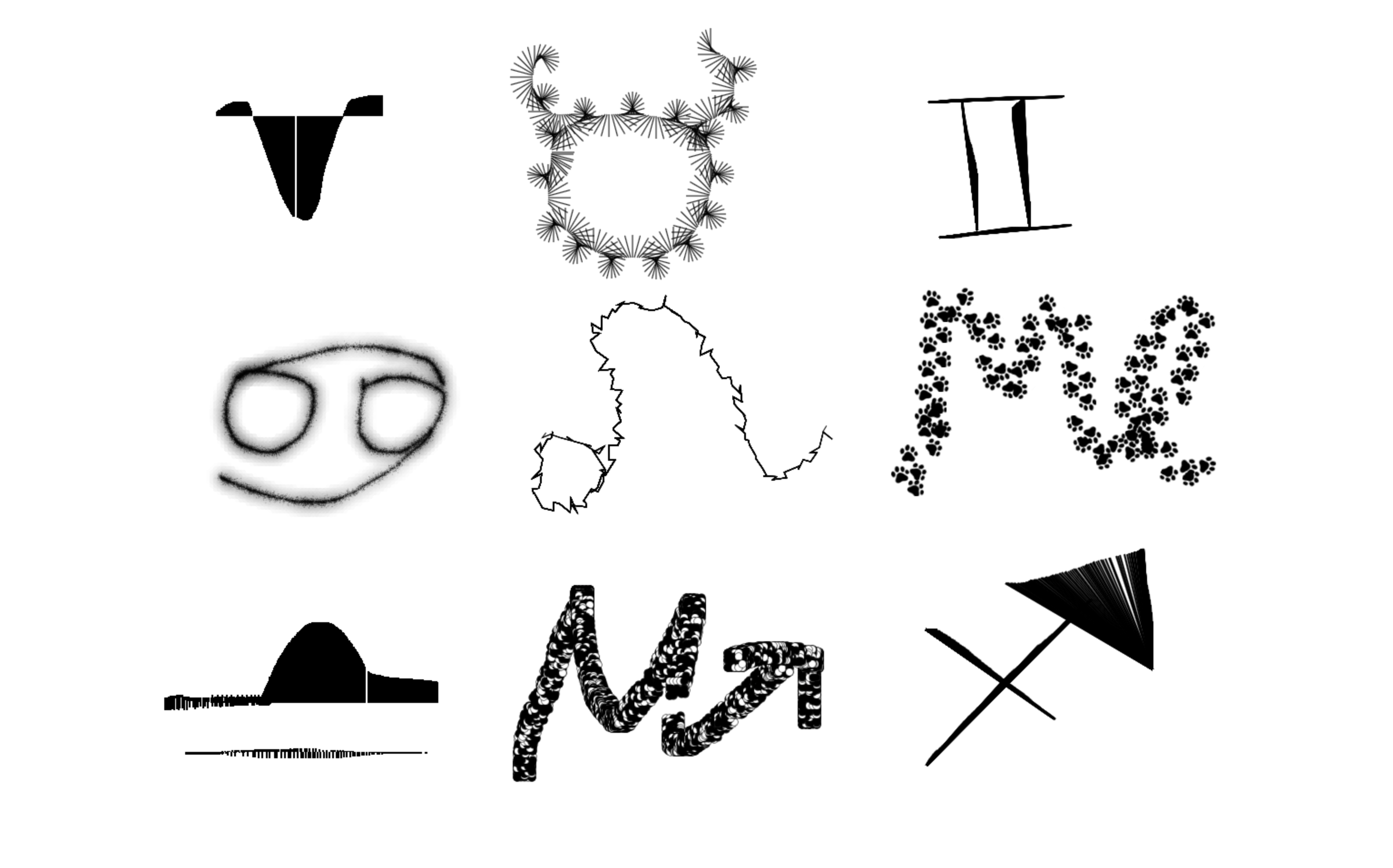
Organized by
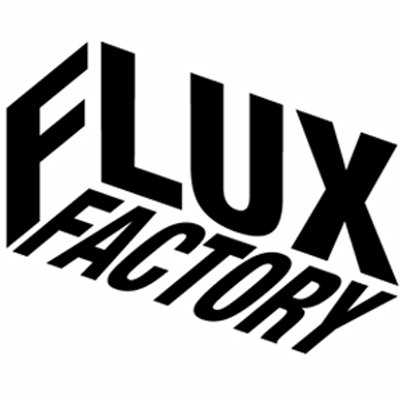


@ARoS Public ⚫ August 7, 2021
Cover image by Nynne Lucca
Introduction
Imagine if all illustrators were required to use the same brand and
design of #2 pencils or if all photographers could use only one type of
camera and film and pay a monthly fee for their continued use. This is
the situation today for today’s largest (and best-marketed) digital
artmaking suites. But a whole world of other exciting, experimental and
artist-friendly tools exist beyond these limits: tools built by and for
artists and small creative communities.
Images in this zine were produced by artists during the workshop
Open Source Tools for Artists.
This zine (🠖source) was produced with
 , a web and print-based zine-making template produced by Rowan
Merewood. CC BY 4.0.
, a web and print-based zine-making template produced by Rowan
Merewood. CC BY 4.0.
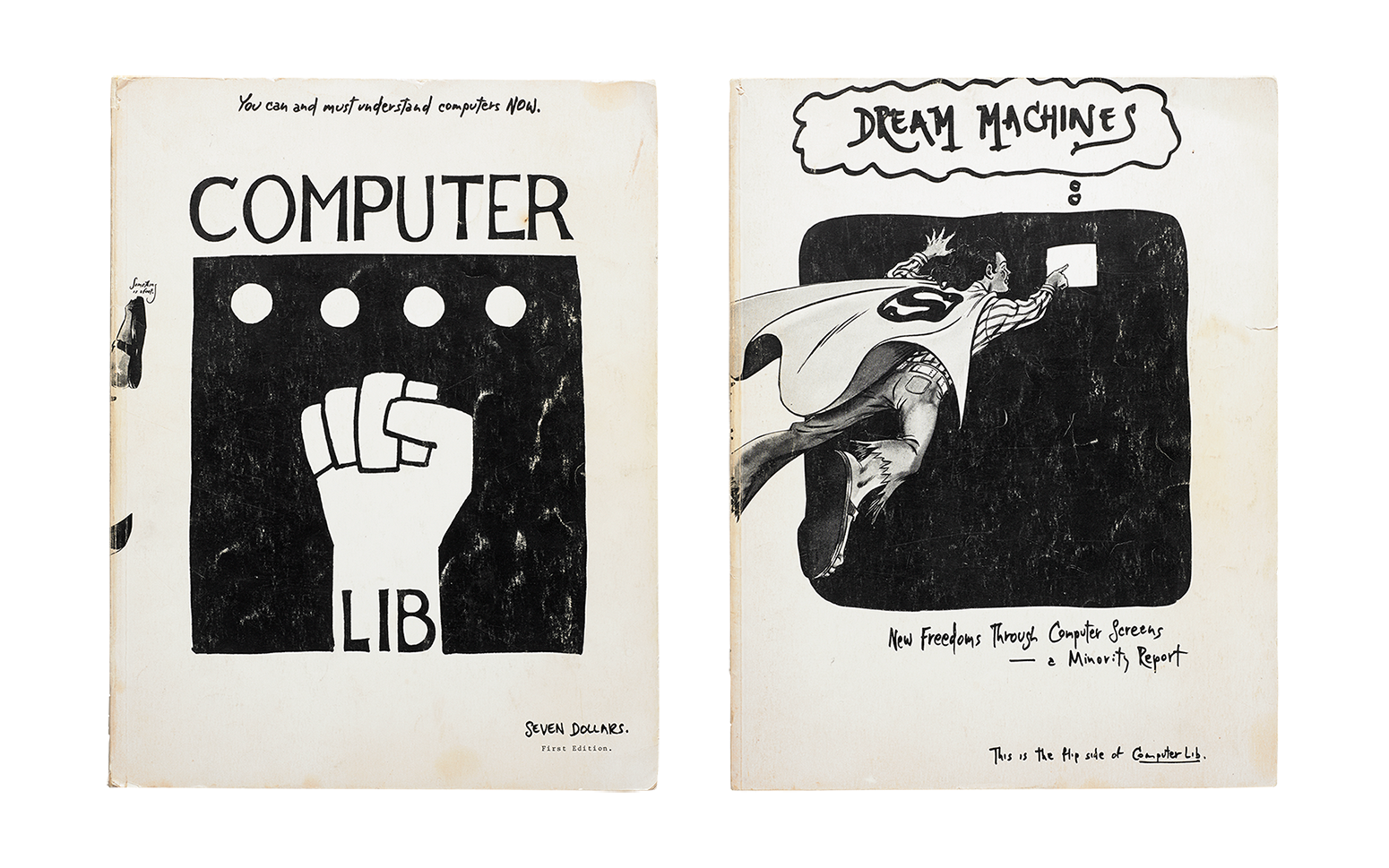 Computer Lib / Dream Machines, Ted Nelson, 1974. A self-published book
on computers and liberation.
Computer Lib / Dream Machines, Ted Nelson, 1974. A self-published book
on computers and liberation.
What is Open Source?
Open source is source code that is made freely available for possible
modification and redistribution. Products include permission to use the
source code, design documents, or content of the product. The
open-source model is a decentralized software development model that
encourages open collaboration. A main principle of open-source software
development is peer production, with products such as source code,
blueprints, and documentation freely available to the public. The
open-source movement in software began as a response to the limitations
of proprietary code.
🠖source
Free software communities were part of DIY and university communities.
Open Source is a more recent term, and was originally intended for
software programs but a movement of artists and creative practitioners
creating open source tools and creative works has spread worldwide.
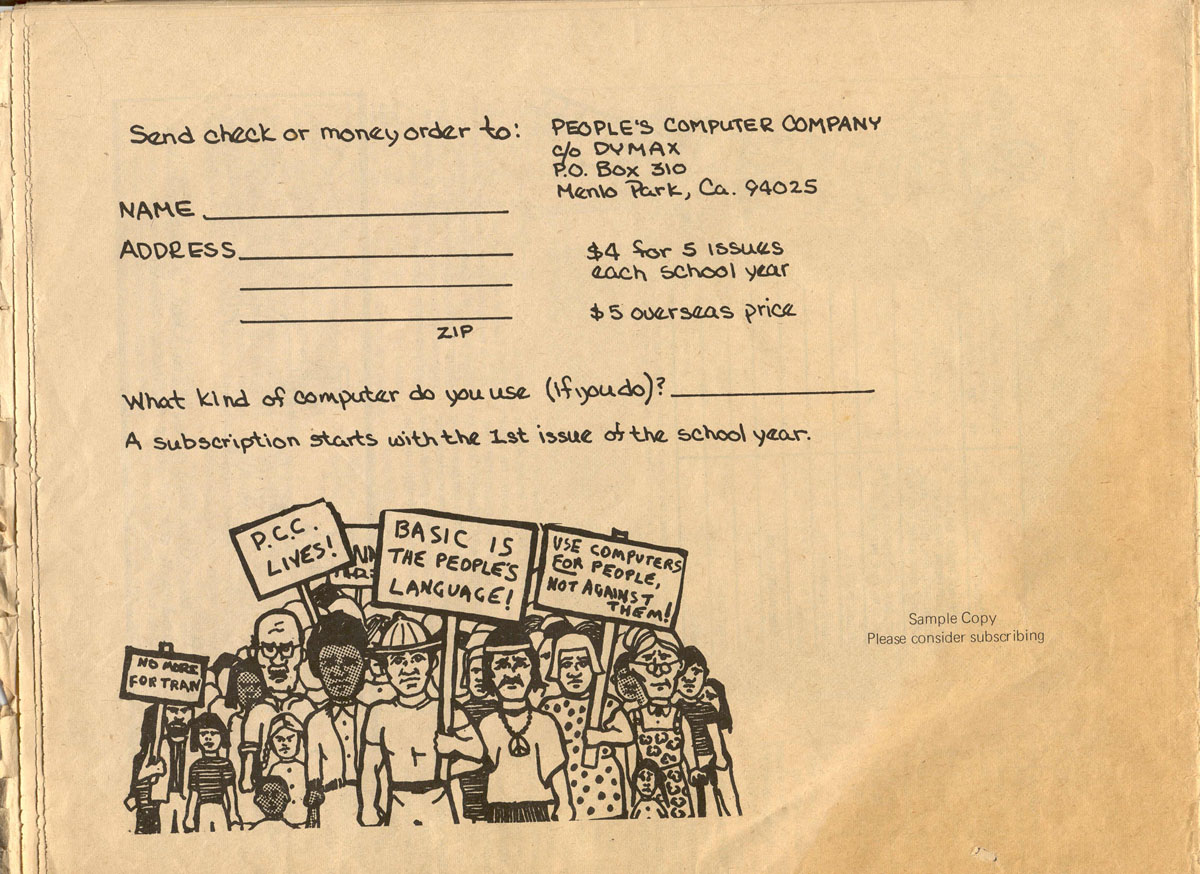 People's Computer Company was a newsletter that advocated
copyright-free software, the free sharing of code, and artistic and
creative exploration via programming, even by beginners.
People's Computer Company was a newsletter that advocated
copyright-free software, the free sharing of code, and artistic and
creative exploration via programming, even by beginners.
Why are artists interested?
Artists collaborate, are part of scenes and communities and engage in a
flow of ideas. The internet has allowed this flow of ideas and works to
flourish across far distances, collapsed within the space of a browser.
Increasingly, artists presenting their work online are interested in
open source licensing for their creative work. Creative Commons is a
long-running set of "copyleft" licenses to enable the free distribution
of an artist/author who wants to give other people the right to share,
use, and build upon a work that the author has created. There are a few
variations including one version that only allows re-use and remixing
for non-commercial purposes. Example:
Creative Commons Attribution Share-Alike
is a license that says anyone is free to share and remix the licensed
work as long as they give credit and share their newly created work with
the same license permissions.
There are tens of thousands of creative commons licensed music, for
example on the
Free Music Archive, millions of creative commons licensed photos on
Flickr, and many more sources.
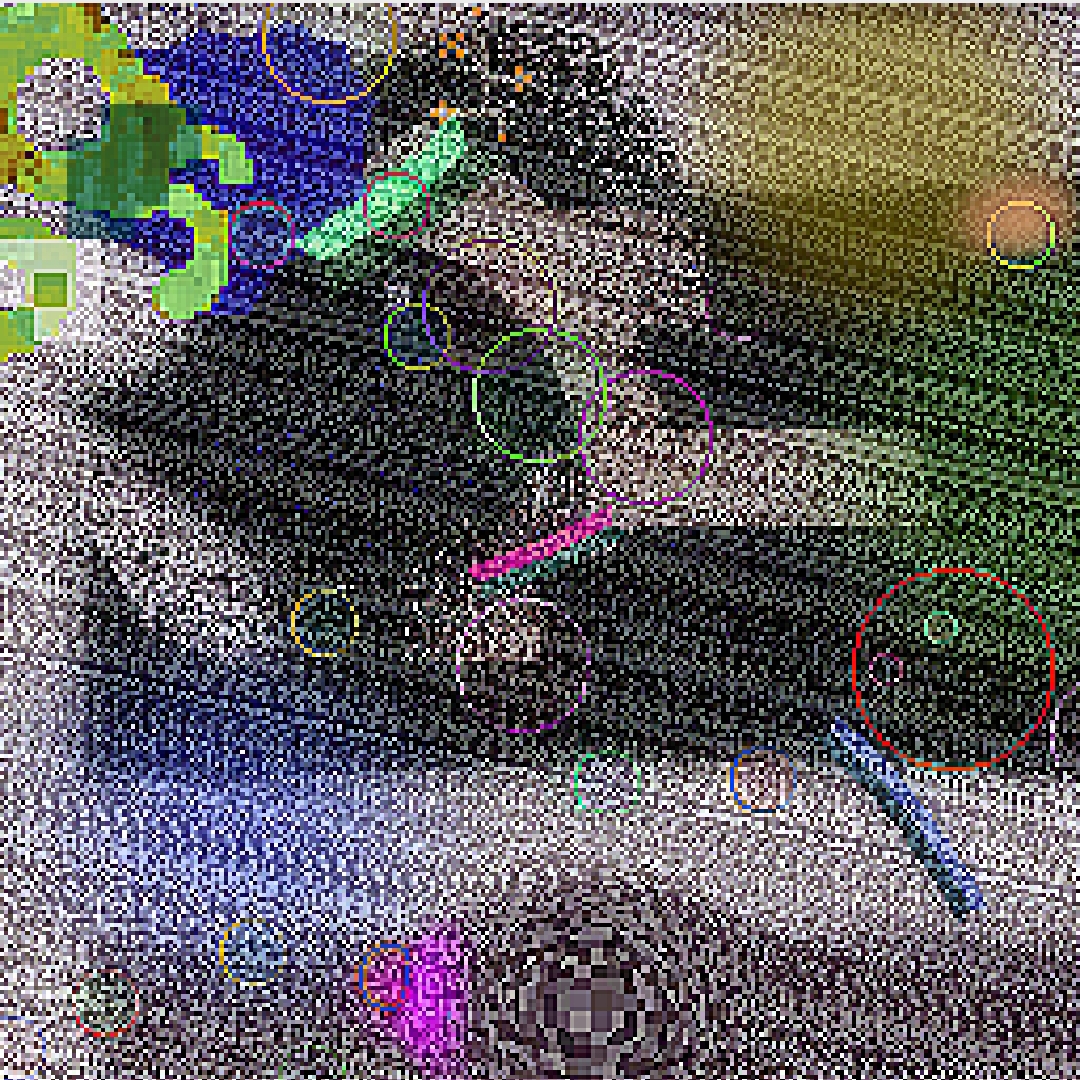 By Jesper Lyng
By Jesper Lyng
Tools for Work and Organizing
We'll look at tools for organizing and documenting as well as art-making
tools. There is a "drop-in" replacement for commercial applications like
Google Drive and Microsoft Office Suite called Cryptpad. Its
applications include word processing, spreadsheets, slideshow creation,
drawing software, Kanban to-do lists, whiteboarding. It does not sell
your data; in fact, it features strong encryption. It runs on the phone,
and can be used anonymously or saved to an account. You can run it on
your own server, or use a hosted option.
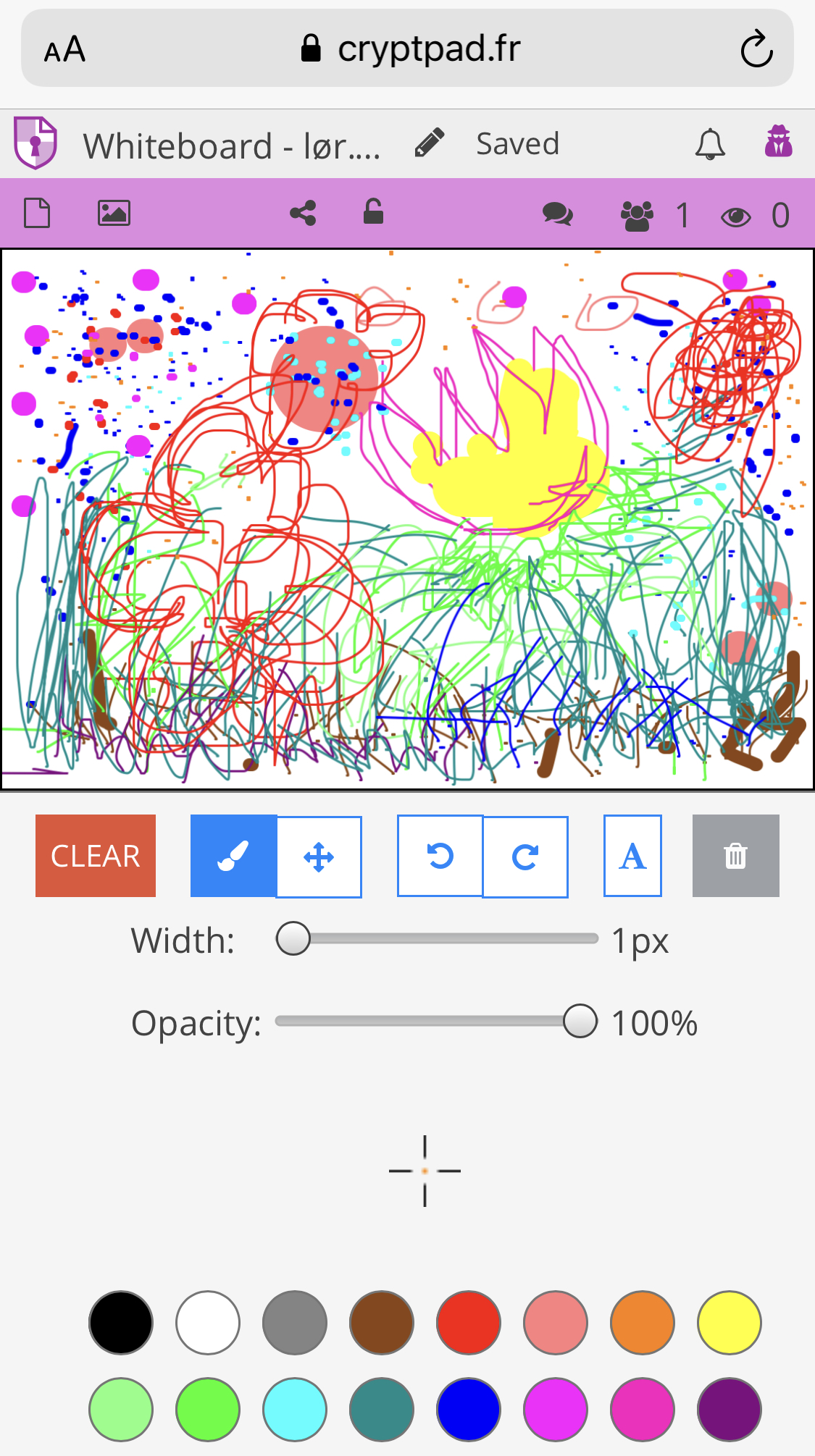 Screenshot of Cryptpad Drawing tool running on a phone. Image by Mette
Milling.
Screenshot of Cryptpad Drawing tool running on a phone. Image by Mette
Milling.
Other major editing tools include Krita (digital painting),
Scribus (page layout and design), GIMP (photo image
editing), OpenOffice (office suite), Ardour (audio
editing), Blender (3d Graphics). The website
Alternative To
is a good place to look for open source alternatives to commercial
software products.
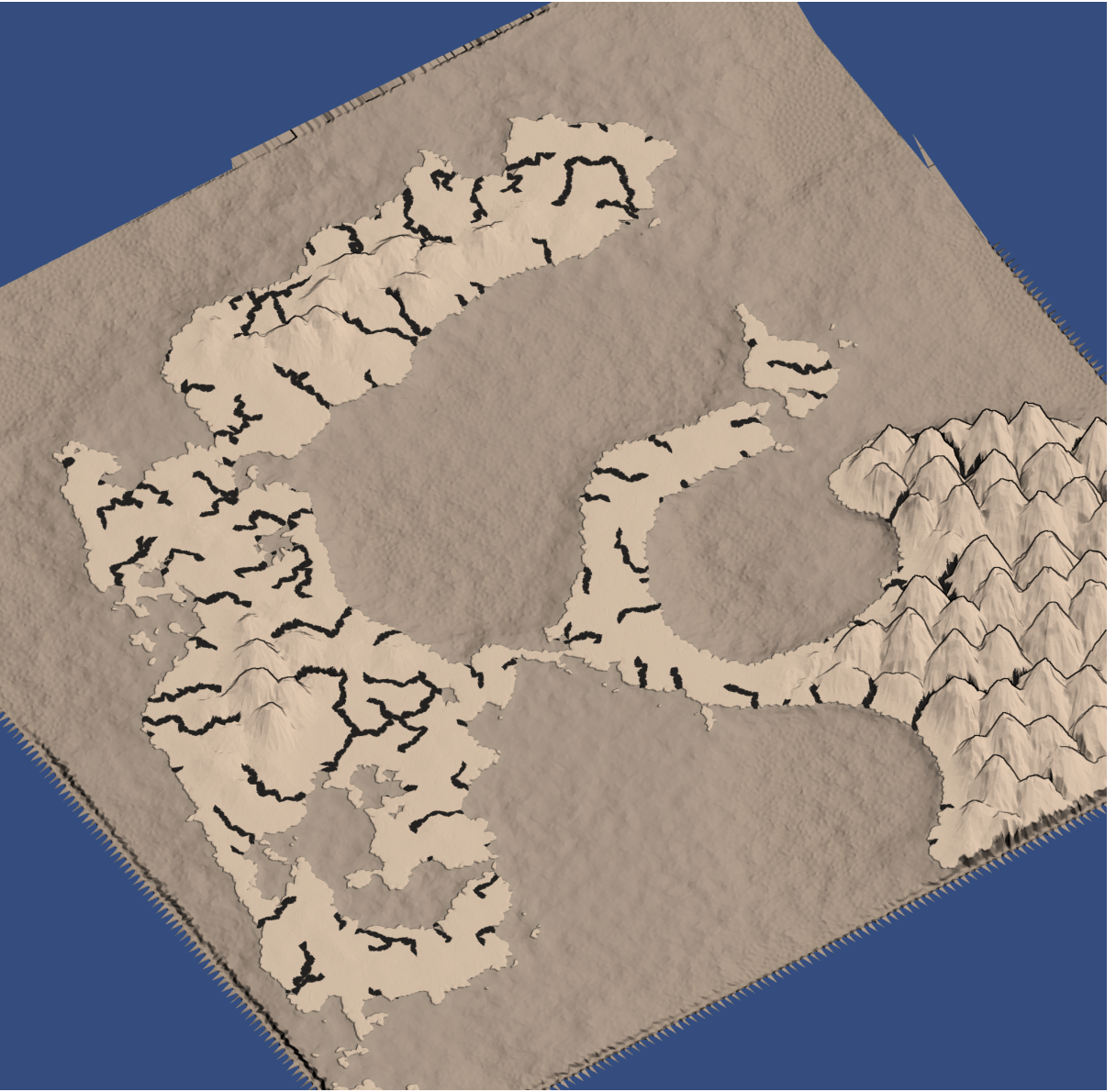 Image by Sholeh Asgary
Image by Sholeh Asgary
Experimental art-making tools
Existing far beyond the commercial confines of a
creative suite is the world of experimental and often tiny
software tools. This includes software for drawing, photography, sound
or other media.
Here are a few tools we tried out during our workshop. Hundreds more
tools can be found in Everest Pipkin's
Tiny Tools Directory
net.art generator
net.art generator
is generative software to create new digital images or a website,
created from collaging and recombining images gleaned from around the
Internet. Current version by Panos Galanis, updated by Winnie Soon.
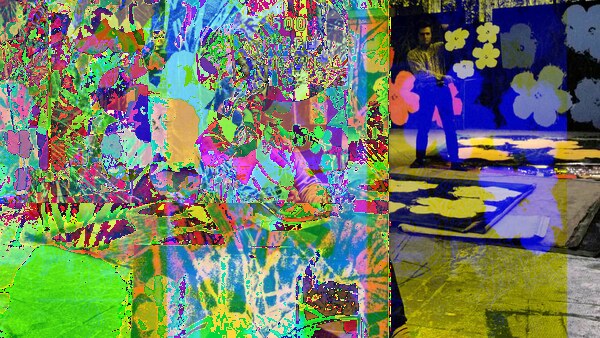 Warhol Flowers, by Winnie Soon
Warhol Flowers, by Winnie Soon
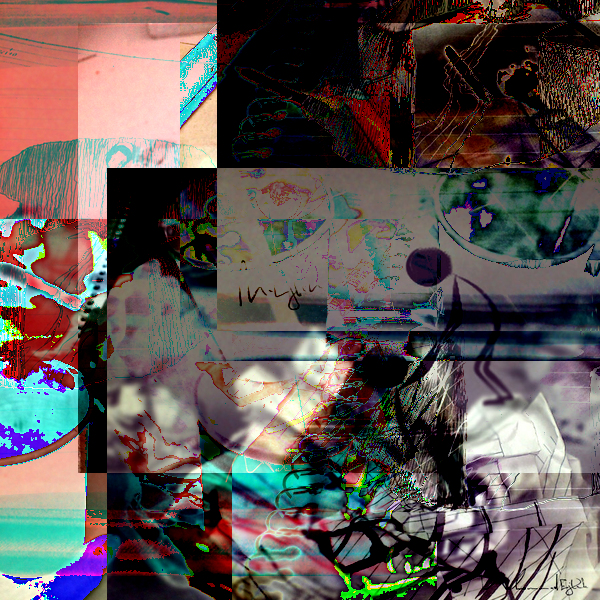 Made by Jennie Schneider & Muhammad Ejle.
Made by Jennie Schneider & Muhammad Ejle.
Rasterbator
Almost 20 years in existence,
Rasterbator is a
web-based tool to take small images and blow them up to create huge
raster-based images up to 20 meters in width, printable on a standard
home or office printer as separately tiled pages.
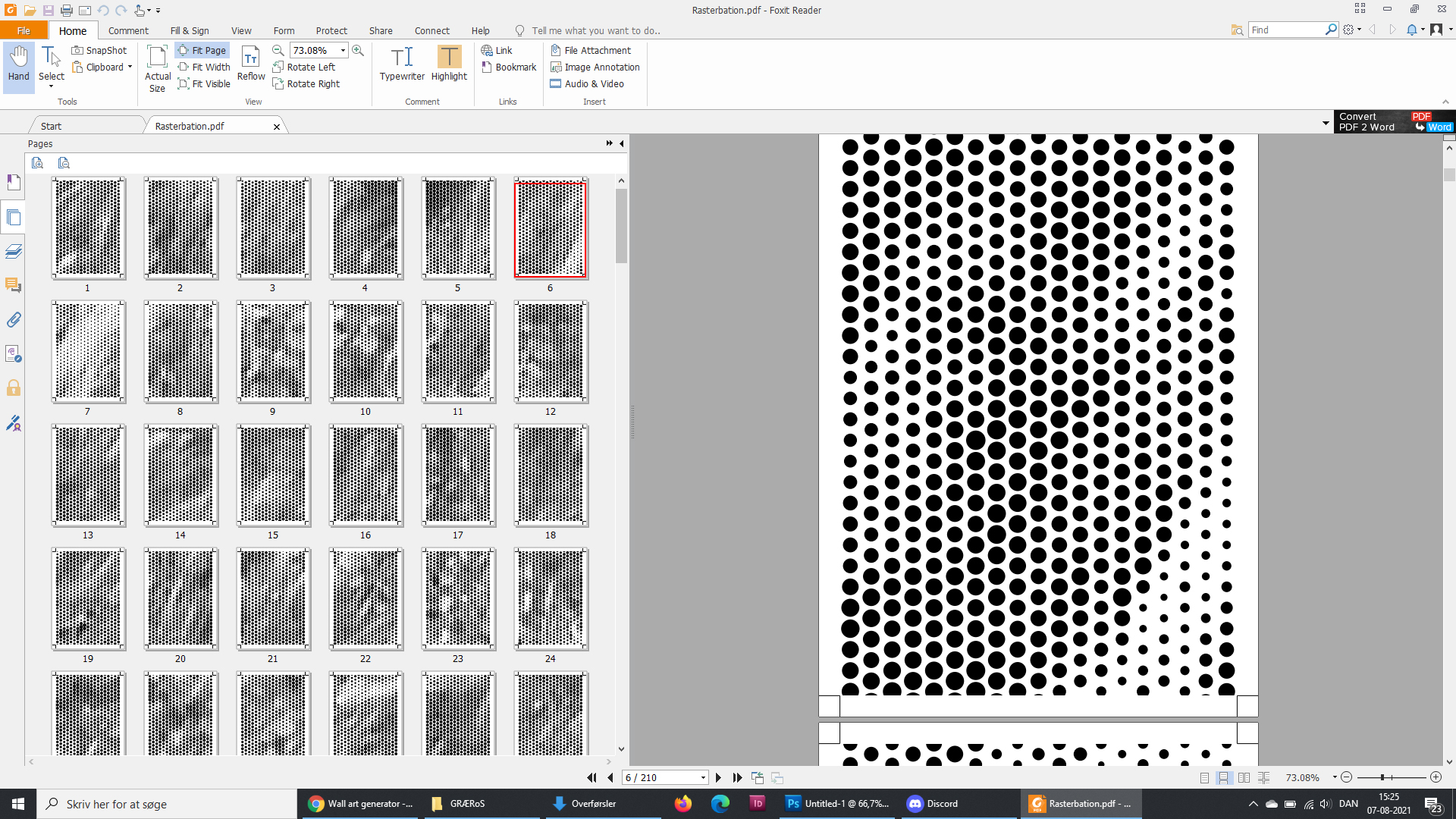 Grass from ARos, by Heidi Nikolaisen and Anders Visti using
Rasterbator
Grass from ARos, by Heidi Nikolaisen and Anders Visti using
Rasterbator
Game-making tools
flickgame
Steven "Increpare" Lavelle has made a number of open source experimental
tools for creating games. His tool
Flickgame is a tool
to create web-based branching visual stories.
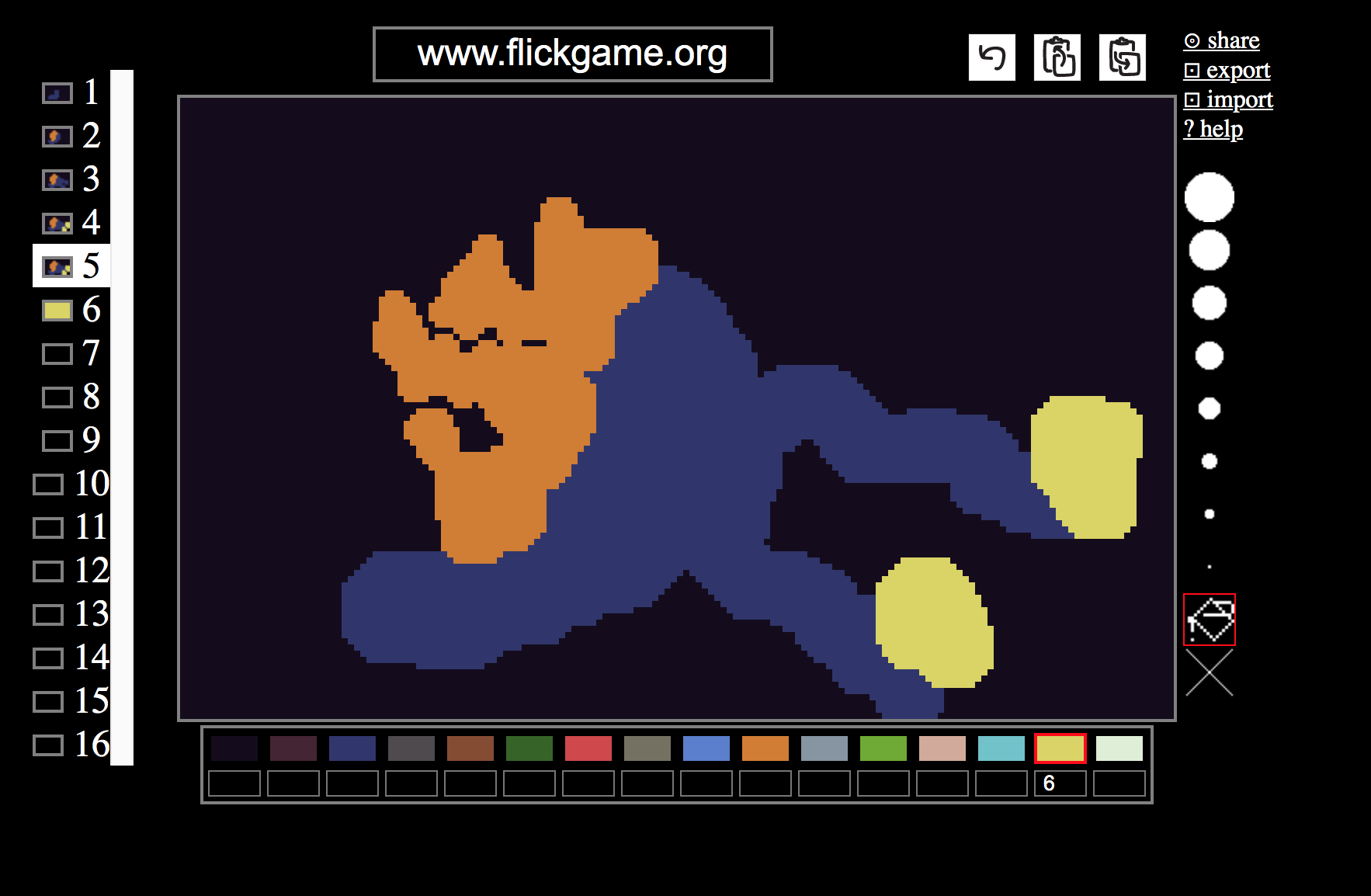 Screenshot of Flickgame by Sholeh Asgary
Screenshot of Flickgame by Sholeh Asgary
